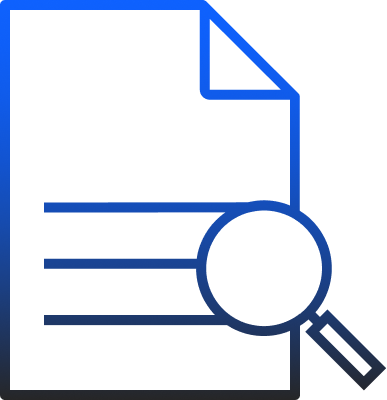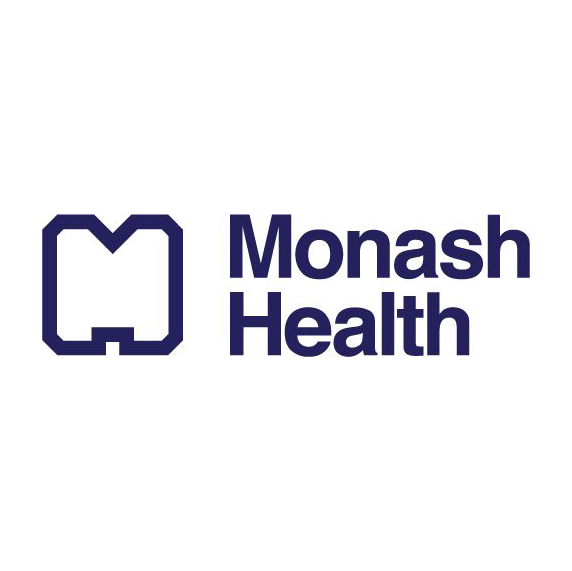Empower your users to easily maintain asset information on the go whether in network range or off-line with our powerful mobile auditing tools. Users can leverage technologies such as Barcoding, Direct Part Marking (DPM), RFID (UHF or other frequency ranges) for ease of asset identification and tracking.
Hardcat’s application suite design is the product of years of real-world experience, delivering the right tools to allow you to conduct consistent, accurate and efficient audits that collect and verify asset data across your enterprise.










